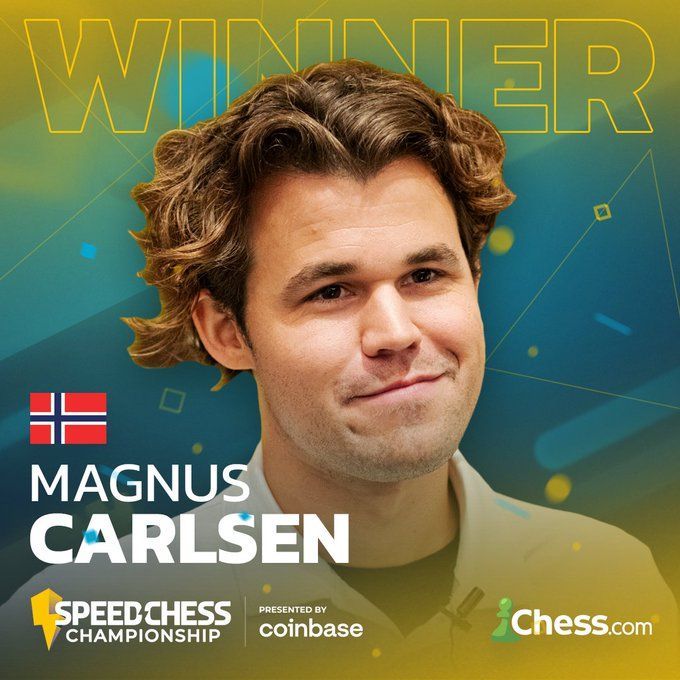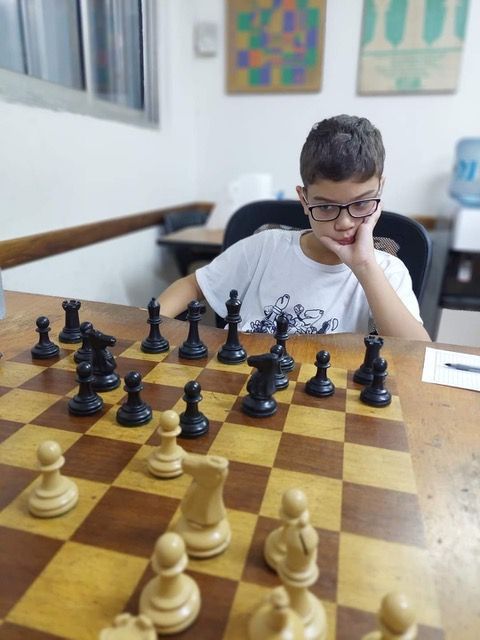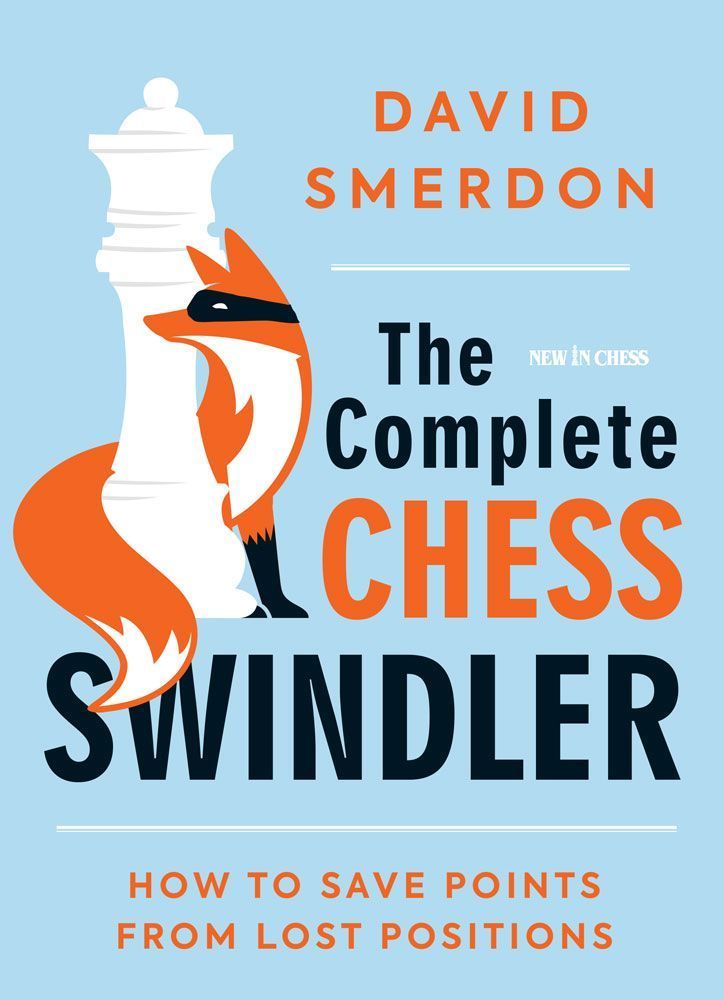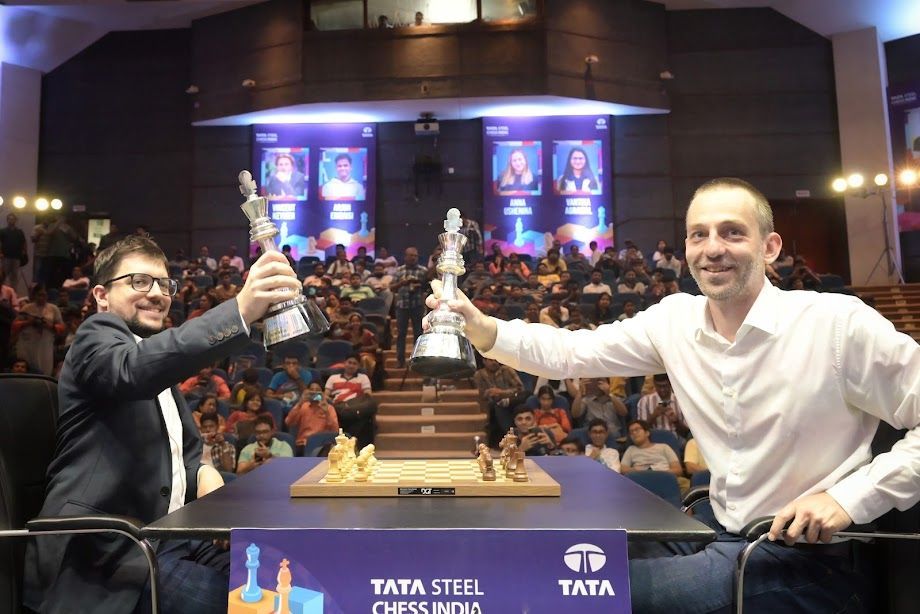Mastering the Masters
The US Masters is becoming a must-play event and building a tradition for itself in North Carolina, with the dynamic duo of organizers Dr. Walter High and Gary Newsom taking over the franchise in 2012 and then very quickly going about their business of establishing a burgeoning, big-time chess tournament experience and atmosphere in the Tar Heel state.
Now, the US Masters is the marquee event of The Greensboro International Chess Festival – a festival that also includes the North Carolina Open and many Scholastic events. Last year, over 400 players competed – but with each year under the stewardship of High & Newsom, it has got bigger and better, and the latest edition that ran 23-29 August at the Embassy Suites Hotel in Greensboro, NC, proved to be no exception.
Twenty-two top grandmasters from 18 countries battled it out for the $17,000 total prize fund and the prestige of winning the US Masters title. But with such a line-up, the competition was bound to be fierce. In the end, only one player emerged to win outright, and that proved to be Russian GM Vladimir Belous, who took back home to Moscow the $5,000 first prize and the US Masters title with his undefeated score of 7/9.
But it wasn’t all that clear going into the final round, especially as many GMs were tied in a logjam for first place. But Belous proved to be the one to emerge triumphant as, uncharacteristically, his final round opponent, four-time US Champion Alexander Shabalov, made a very costly opening error to gift the Muscovite an overwhelming attack.
The US GM duo of Sam Shankland and Yaroslav Zherebukh bested Russian GM Dmitry Gordievsky in a speed playoff to advance to an Armageddon showdown to determine the title of best US player and a $500 bonus, which was won by Zherebukh.
Final standings
1. GM Vladimir Belous (Russia) 7/9; 2-4. GM Sam Shankland (USA), GM Yaroslav Zherebukh (USA), GM Dmitry Gordievsky (Russia) 6.5; 5-14. GM Ray Robson (USA), GM Kamil Dragun (Poland), GM Yuniesky Quesada (Cuba), GM Benjamin Glendura (Hungary), GM Niclas Huschenbeth (Germany), GM Alexander Shabalov (USA), GM Ioan-Christian Chirila (Romania), GM Awonder Liang (USA), IM Andrey Gorovets (Belarus), GM Bartlomej Macieja (Poland) 6.
GM Vladimir Belous – GM Alexander Shabalov
US Masters, (9)
Queens’ Gambit Accepted
1.Nf3 d5 2.d4 Nf6 3.c4 dxc4 At the most straightforward level, in the Queen’s Gambit Accepted, Black concedes an extra central pawn to White – but in doing so, Black will rely on rapid queenside expansion as a means of counterplay. 4.e3 e6 5.Bxc4 a6 6.0-0 c5 7.Bb3 A more common theme here is to play 7.a4 to hold up Black’s queenside expansion – but with White delaying the development of his Nb1-c3 for now, he has less to fear about this, and can concentrate on control of the center. 7…b6 8.Qe2 Bb7 9.Nc3 Note how White plays Nc3 only when Black doesn’t play the standard QGA …b5 expansion. Both players are playing a waiting game, delaying the moment when the tension is released. 9…Nbd7 10.Rd1 Qb8 Getting the queen off the d-file with this or 10…Qc7 is a common theme in the QGA. 11.d5 White has to play dynamically because, if Black completes his development and then castles safely, he will have consolidated his position with excellent prospects of challenging any later White push in the center. 11…exd5?! Shabalov is known to create a bit of “chaos” at the board from time to time, taking risks to destabilize the position, hoping to induce chaos and lots of complications to confuse his opponents – but this is one risk too far for the 4-time US Champion. He had to seek exchanges of pieces to lessen White’s attacking potential, and should have played 11…Nxd5! 12.Nxd5 Bxd5 13.Bxd5 exd5 14.Rxd5 Nf6 15.Rd3 Ne4! and with …Bd6 and …0-0 coming quickly, Black is near to equality and will easily hold this position. 12.e4! The sacrificial route is a no-brainer here with White’s pieces ideally poised to strike before Black can even get his trousers on – and this makes me wonder if Shabalov had perhaps simply overlooked this possibility? Maybe he believed his opponent was going to automatically recapture with 12.Nxd5 and going into the variation above – if so, he’s made a grave error. 12…d4 13.Qc4! It’s not very often we see one of the country’s top grandmasters having to grovel for his very survival so early in the game. 13…Kd8 14.Qxf7 Ra7 As ugly as it all looks, Shabalov is trying his best to stay in the game. 15.Bg5 Qd6 16.Nd5 Also deadly was 16.e5! Nxe5 17.Nxe5 Qxe5 18.Nd5 Bxd5 19.Bxf6+ gxf6 20.Qxa7 and Black is close to resignation point here. 16…Kc8 17.Rac1 Belous’ game practically plays itself here, as he piles on the agony for his opponent by simply putting his pieces on the most obvious squares with literally no thinking involved in the process. 17…Bxd5 18.exd5 Rc7 19.Re1 Kb7 Others may well have simply collapsed here, but Shabalov continues to hang on by his finger tips. The body count is equal, and if his opponent hesitates with his attack, Shabalov could well sneak an escape here – but Belous now has the bit between his teeth and doesn’t let up with the relentless pressure. 20.Qe6! (see diagram) It was easy here to get carried away with the attack by looking to crash through with 20.Re6 – but amazingly, Black has the saving resource of 20…Ne5! 21.Nxe5 Qxe5 22.Rxe5 Rxf7 and is over the worst of it with excellent chances of saving the game now. But with the clinical 20.Qe6!, Belous keeps Shabalov all tied up as he can’t develop his bishop without further compromising his position. 20…h6 21.Bh4 Nh5 22.Qg4 Stronger and quicker was the immediate 22.Qf5! that would have saved a tempo. 22…Ndf6 23.Qf5 Qf4 24.Qd3 Bd6 The bishop finally gets out – but it is all too little too late for Shabalov, as White’s pieces now unite to crash through for the winning attack. 25.Bg3! Nxg3 The exchange doesn’t offer any relief at all, as it forces the queen offside and a big disconnect in helping to defend. 26.hxg3 Qg4 27.Re6 Rd8 28.Bc4 Kb8 What else is there? If 28…b5 White quickly crashes through with 29.Bxb5 axb5 30.Qxb5+ Ka8 31.Qa6+ Ra7 32.Qc6+ Rb7 33.Rxd6 and an easy win. 29.Qb3 b5 30.a4 b4 31.Bxa6 Qh5 The problem for Shabalov is that his pieces do not connect with each other to offer any hope of holding back the attack, or even muster some counterplay. I can imagine defending this position had to be agony for Shabalov. 32.Bc4 Ng4 33.a5 The passed pawn is the least of Shabalov’s problems, as Belous pushed it not to run, but to open up a route for his queen to get to a4 and b5 to hit the Black king. 33…Rf7 34.Qa4 Nxf2 Shabalov at least opts to go down with all games blazing. 35.Kxf2 Qg5 36.Qb5+ Ka8 37.Qa6+ Kb8 38.Qb6+ Ka8 39.Ke2! 1-0 All it takes is a simple sidestep from the king to get out of the pin for Shabalov to now resign – the reason being that Shabalov’s queen is overworked and has been holding his position together, particularly the protection of his Rd8.










Copyright © 2024. First Move Chess. All Rights Reserved. Deigned and Hosted by JLT Web Design & Digital Marketing. Our Privacy Policy.


